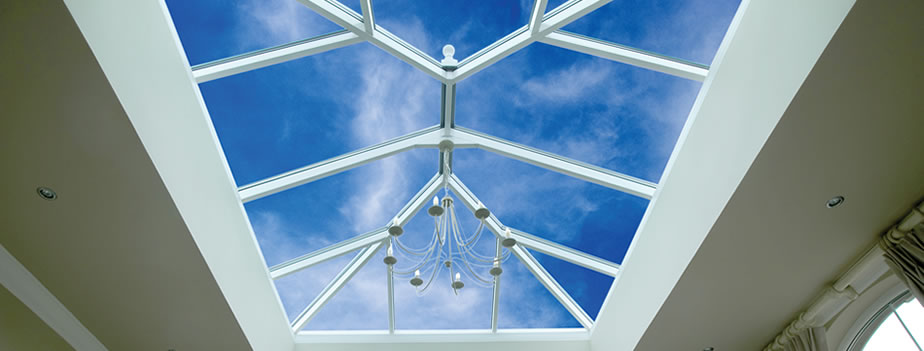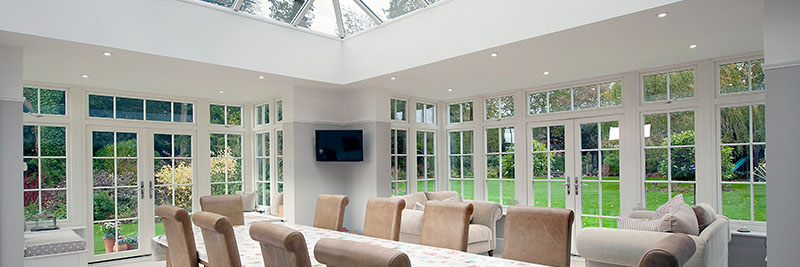How To Keep An Orangery Warm
If you’re looking into an orangery for your home, you’re more than likely considering the implications to the rest of your home. Is it going to be hard to keep warm? How is it going to affect the cost of heating your home?
Orangeries are just like extensions to your home and as such, they must adhere to strict building regulations. Our orangeries aren’t an afterthought like a conservatory, they are crafted into your home, taking into account how you’re going to use it and love it.
Since an orangery is so similar to an extension in construction, it maintains a lot of the structural and insulating properties that you would get with an extension. There are 3 key areas where an orangery could lose heat (or let heat in during the summer) and cause you to feel uncomfortable. All of these potential losses are carefully calculated before construction but here are the 3 key areas and how Rococo orangeries stay warm throughout the winter.

The Floor
The floor is arguably the part of the orangery that you touch the most. Whether you like walking around in bare feet or you’re more of a slipper person, it’s hard to ignore the chill you can get when walking on cold hard flooring.
Orangery floors are insulated to take the worst of the chill off and to stop the heat from the room being lost through the floor. However, many home owners opt for additional under floor heating. This could be an electric or fluid system which heats to the floor and room to a more comfortable level and is more discreet than a radiator system.

Walls
There are many parts of the walls which can cause heat loss in a building. The walls themselves, the windows and the doors, each offer their own challenges.
The walls installed for an orangery are no different than the walls built for your home and as such, come with all of the insulating properties that you rely on for your home. However, orangeries usually contain more windows and doors than other parts of your home. This is why we use quality glazing with high thermal properties, to improve the insulation of the room. All the glazing and lanterns used are what’s known as “thermally broken” – the exterior of the window is separated from the interior by thermally insulated material, meaning that heat is not lost through the glass or through the frame.

Roof
Heat rises, so naturally the top of the orangery is where you stand to lost the most heat. It’s precisely why lot insulation is so popular and why conservatories get so cold during the winter. The benefit that orangeries have is that the roof is solid, so we can place energy efficient insulation in the roof without it ruining the aesthetic of the building.
Similarly to the windows and doors of the orangery, the lanterns we use are also thermally broken and double glazed, so there’s little chance for the heat to escape through them.
These techniques coupled with the superior technology in the products that we use, ensures that the orangeries we build have no impact on the cost of heating your home.
Click here to learn exactly how we craft an orangery.
Ready to transform your home - Explore our range of Orangeries and Extensions:
- Modern Orangeries: Create a fresh contemporary space with a beautiful orangery. Explore the possibilities and transform your home! Explore Modern Orangeries
- Traditional Orangeries: Embrace timeless elegance and classic appeal with our traditional orangeries. Experience the beauty that stands the test of time. Discover Traditional Orangeries
- Bespoke Extensions: Tailor-made to suit your unique needs, our bespoke extensions are designed to perfection. Let us create a space that reflects your personality and style. Create Your Bespoke Extension
- Kitchen Extensions: Enjoy your home even more with a kitchen extension. From cooking to entertaining, create the perfect space for your passion. Enhance Your Kitchen with an Extension



